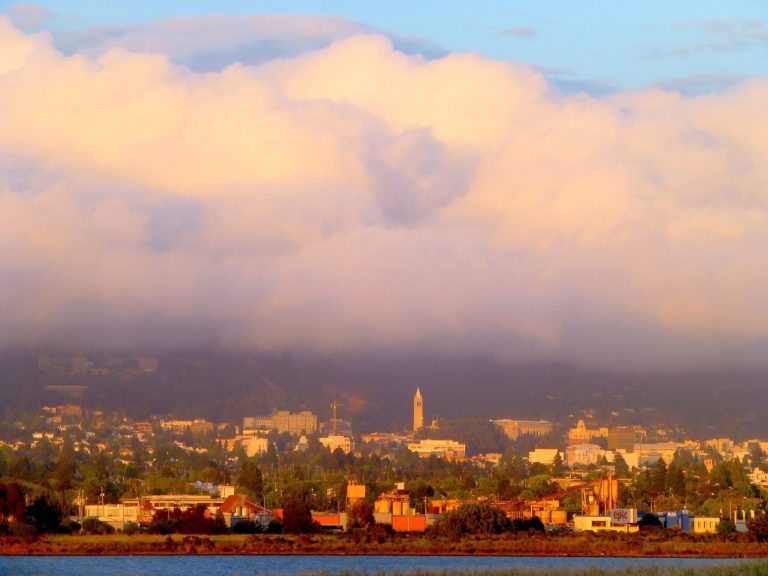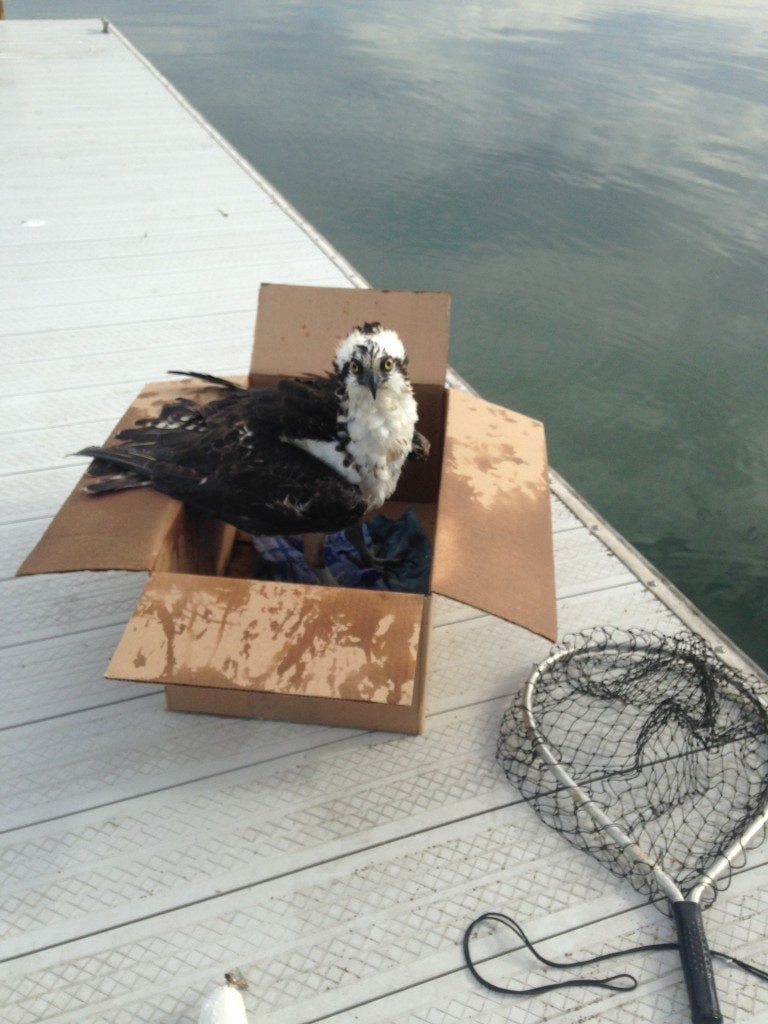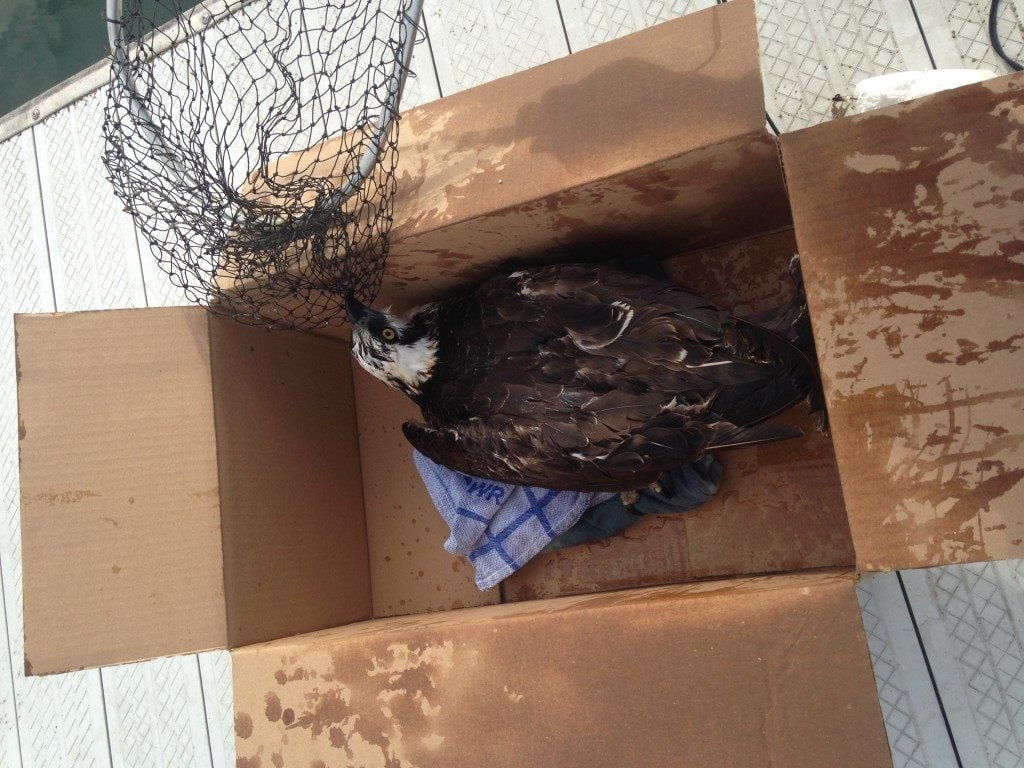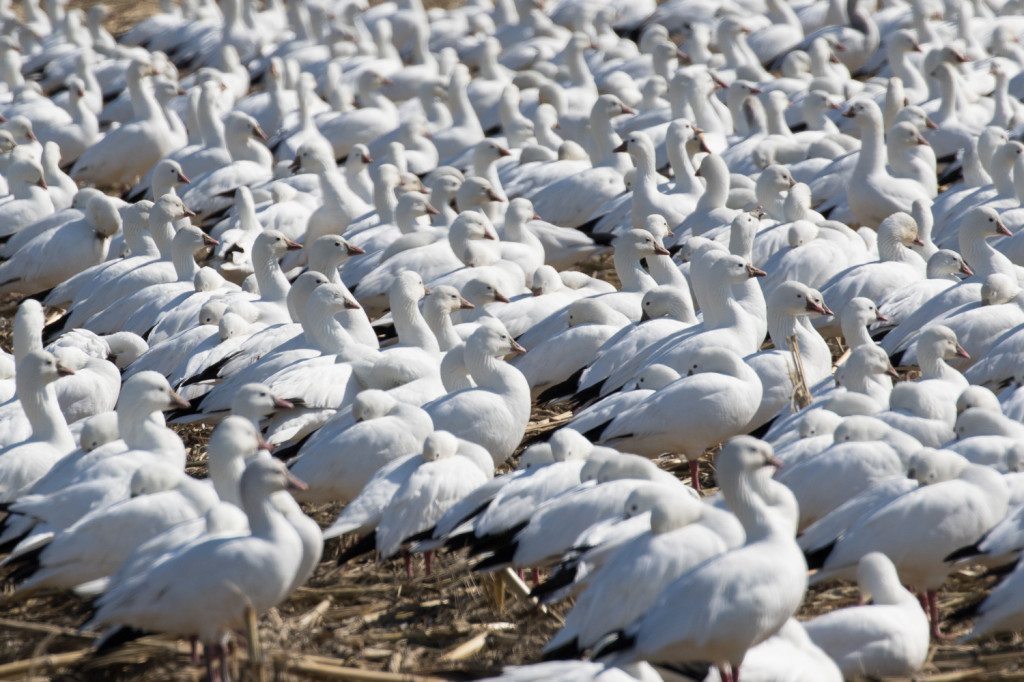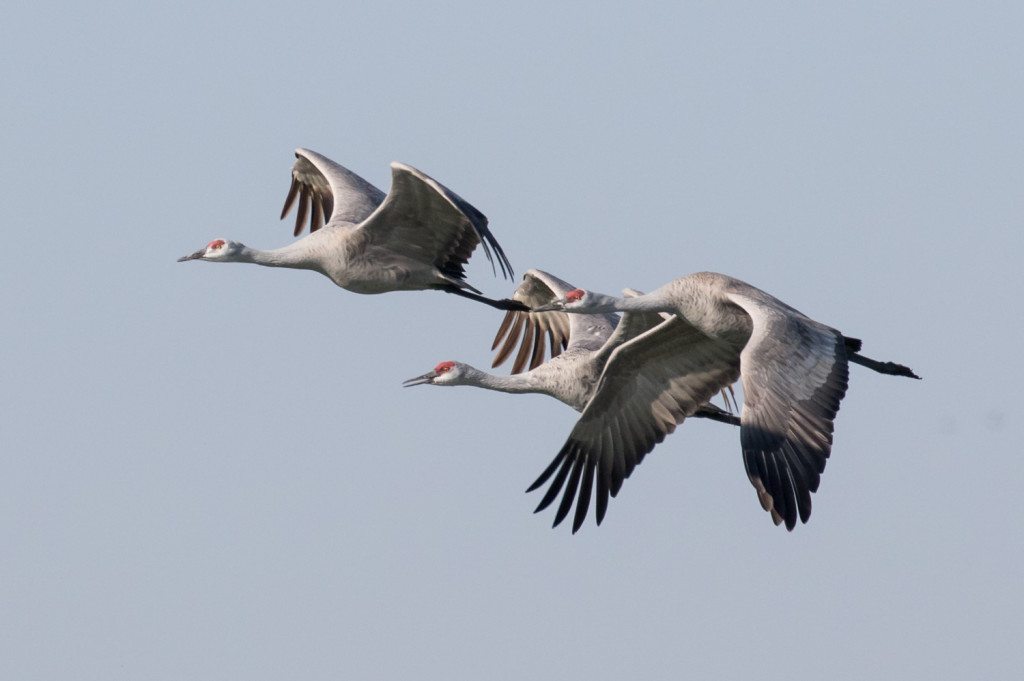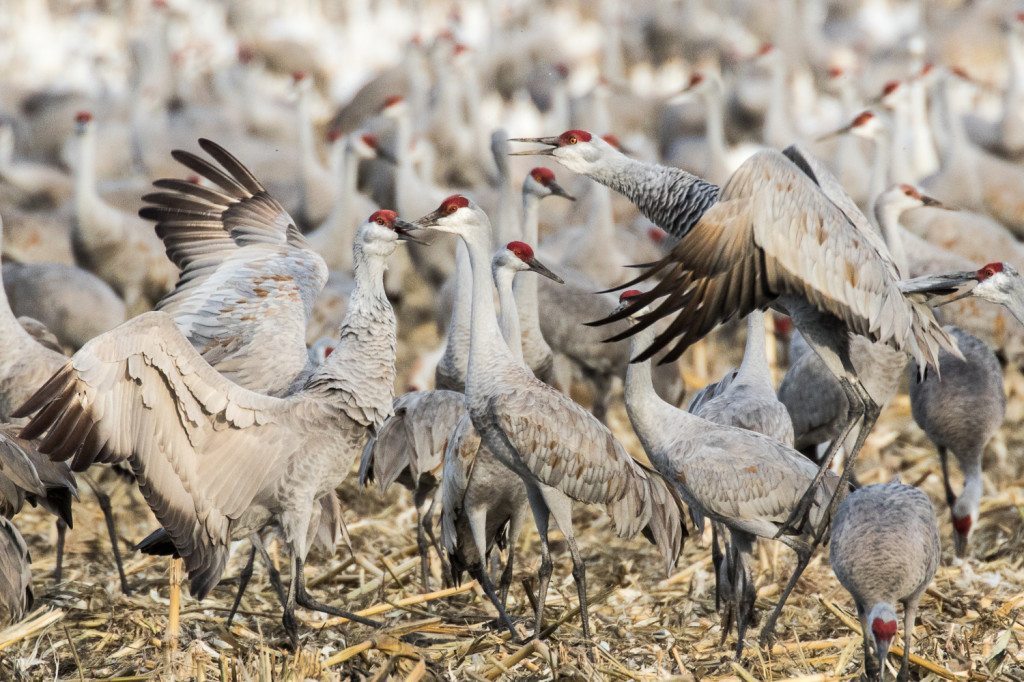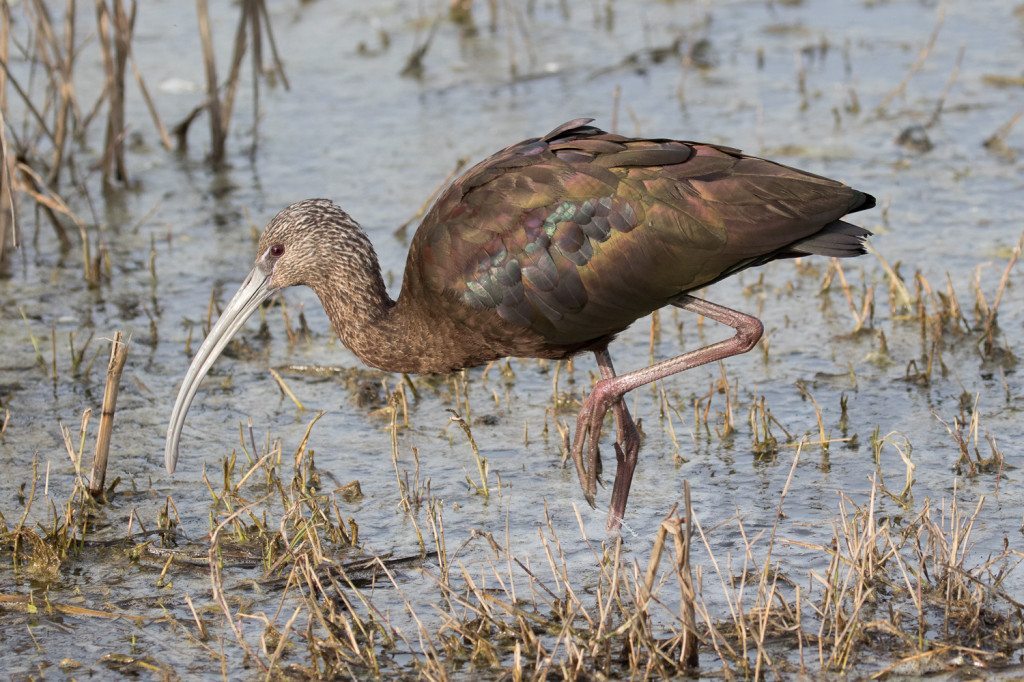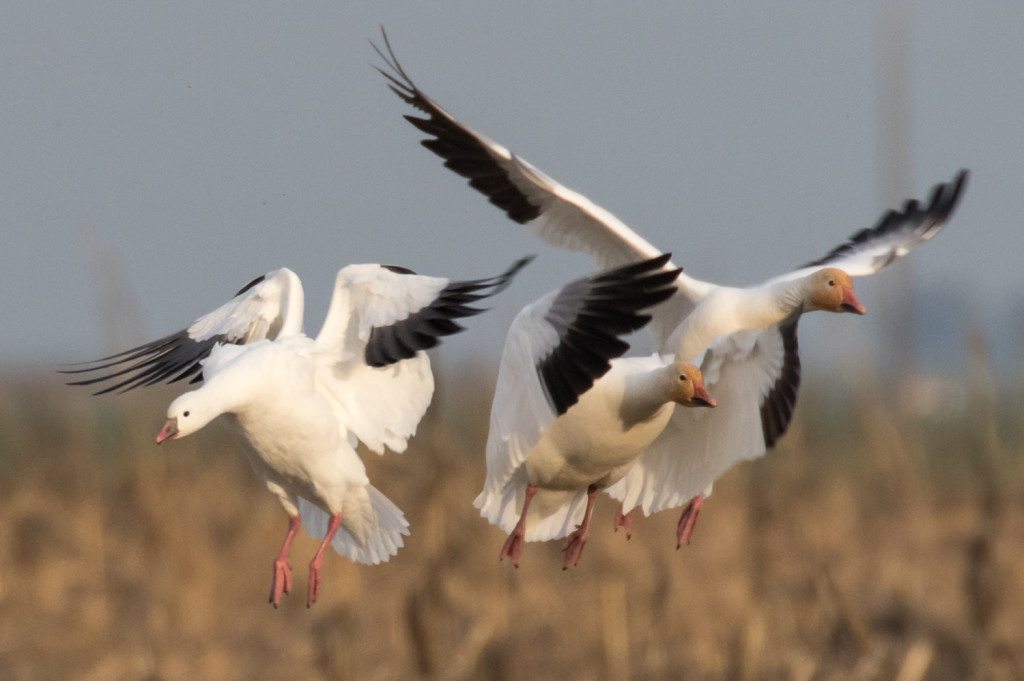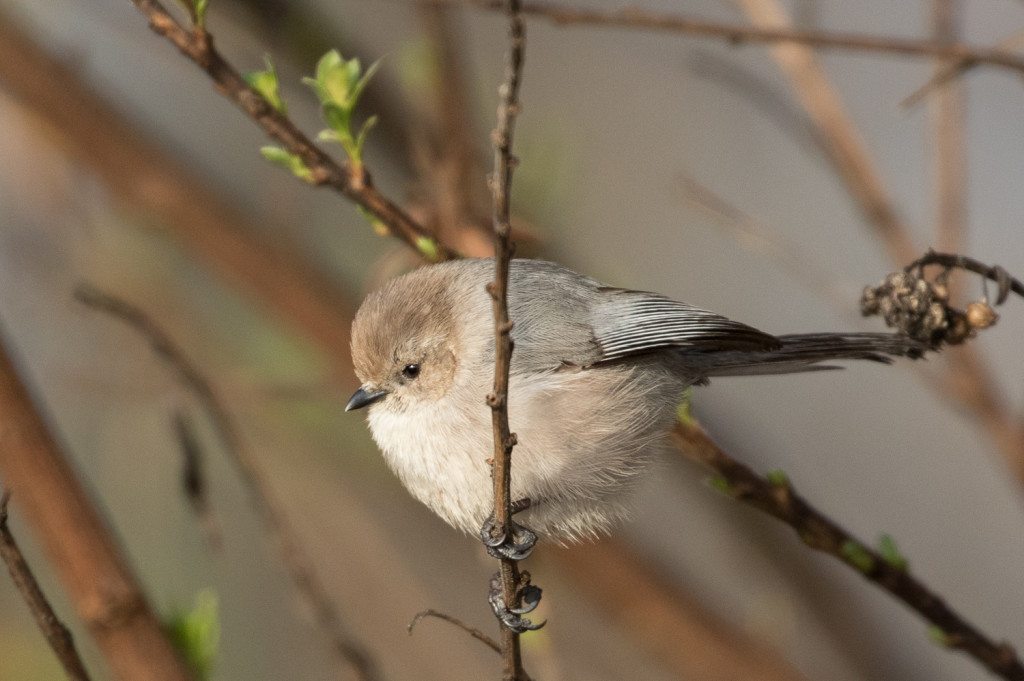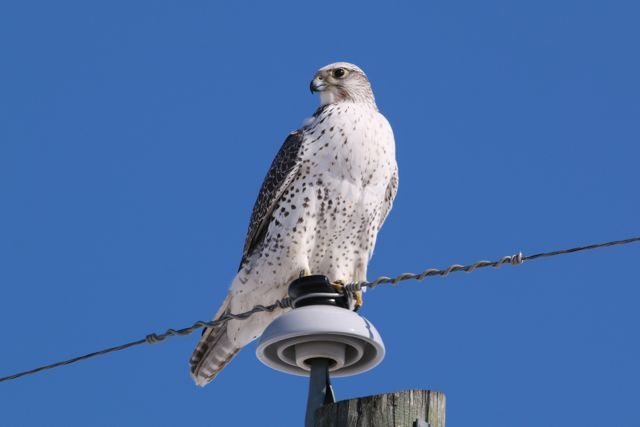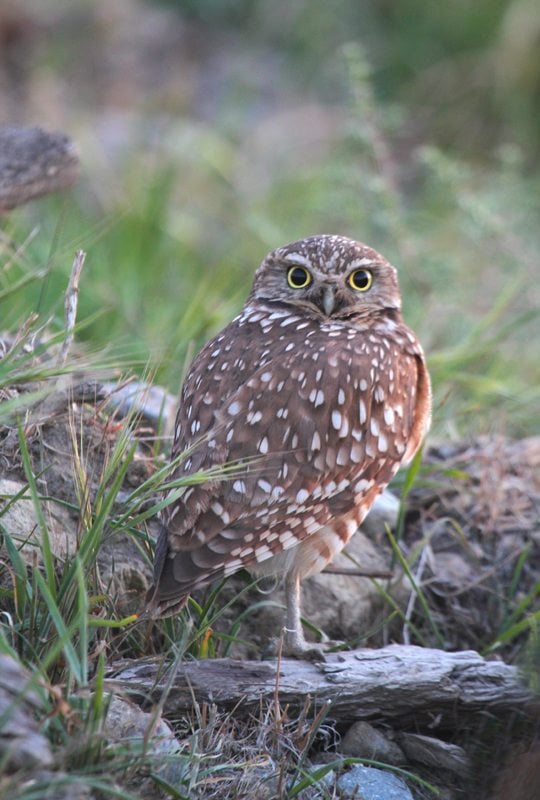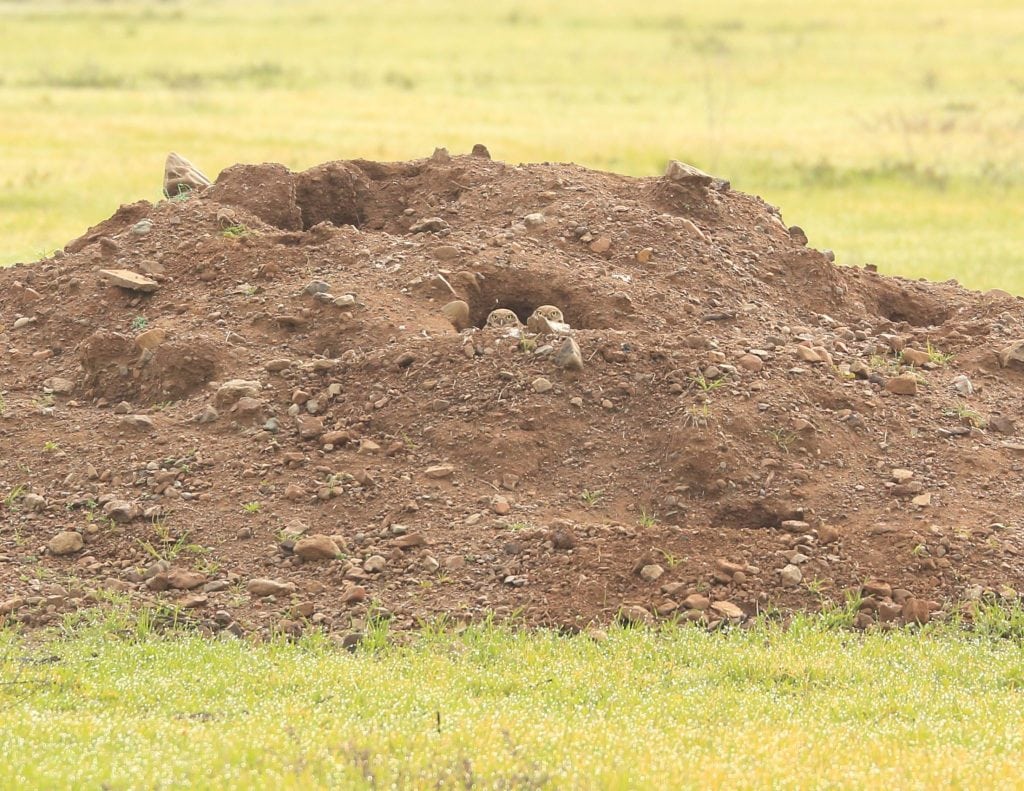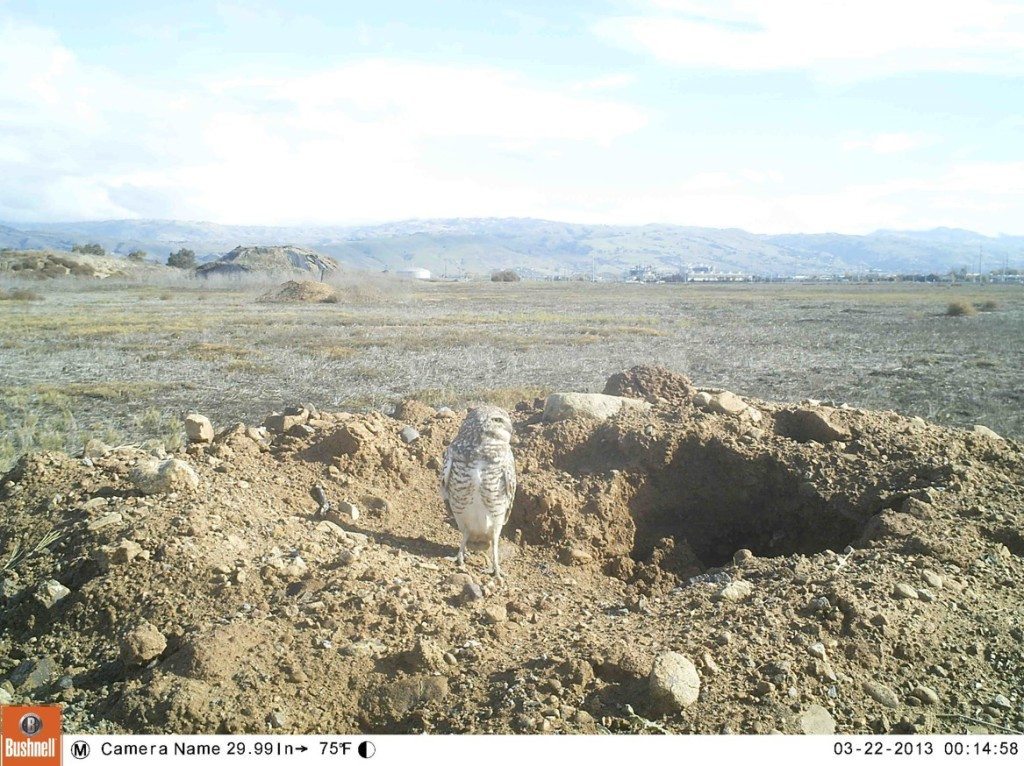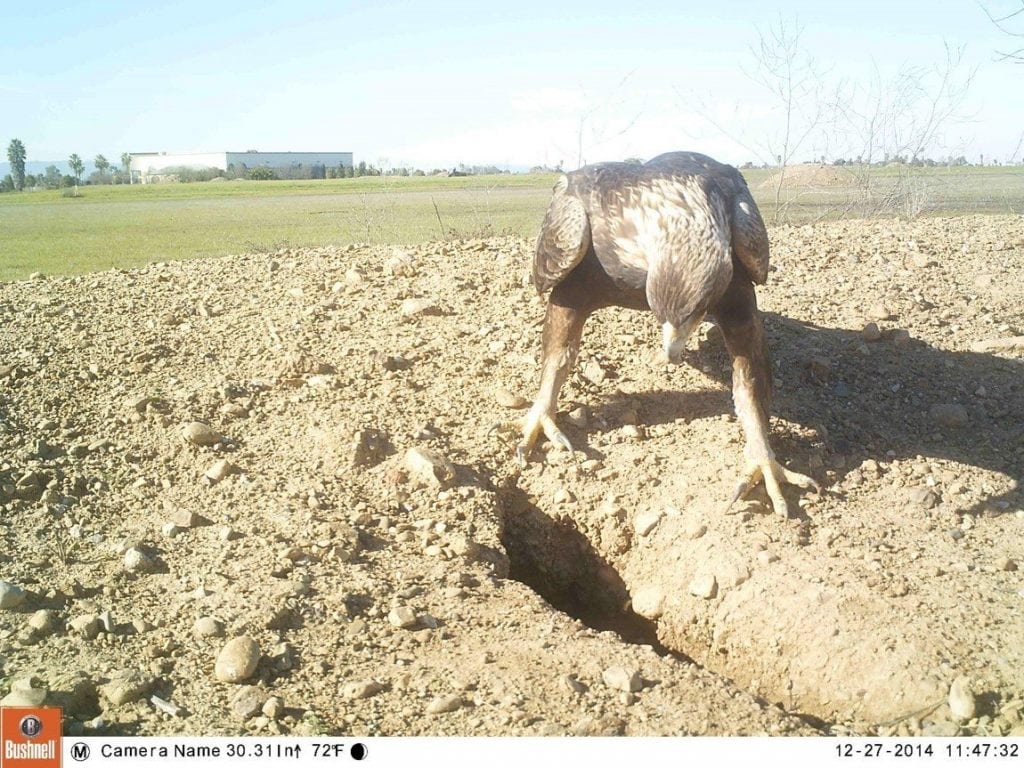Cesar Chavez Park: Birding Hotspot
By Toni Mester
Berkeley old-timers remember when Cesar Chavez Park was a dump, the last of the active East Bay landfills. It would cost nothing to leave a truckload of trash on a smelly mound, surrounded by thousands of circling gulls. After the dump closed in 1983, the 90 acres on San Francisco Bay were capped and sealed and gradually transformed into a park with some of the most astounding views in the Bay Area.
The Park is also a treasure trove for birders, who can spot both land and water birds (over 150 species, according to eBird) from low hills and grass lands surrounded by the Bay to the north and west and the shallow tidal North Basin to the east. Golden Gate Bird Alliance hosts a docent program at the Burrowing Owl habitat, where if you’re lucky you can spot one of these rarely-seen birds during their winter sojourn.
Entering the park near the DoubleTree Hotel (where the road turns), you’ll find the North Basin on your right with a view of I-80 and the East Bay hills. During the winter, the most common water birds feeding here are scaups, buffleheads, ruddy ducks, grebes, coots, and egrets. Some of the ducks stay on during the summer, but most return to their northern homes at the end of March or early April. The usually calm waters serve as a migratory massing site, where thousands collect before taking off, bobbing about in rough chevron formation. In my years of walking the perimeter trail, I have only seen this astounding sight once.
 Red-winged Blackbird by Martin Nicolaus
Red-winged Blackbird by Martin Nicolaus
Just inland, the industrial stack of a methane flare station collects and burns the off-gassing from the landfill, which is still actively decomposing. Because the volume of gas has decreased, the old inefficient apparatus will be decommissioned this year and replaced with a more compact facility with a smaller stack, next to the current location.
About midway on the path, look for a bird ID plaque, showing photos of the most common birds. Further along at the northeast corner, the Burrowing Owl habitat usually attracts observers when the birds can be seen poking their heads out of a ground squirrel burrow, between November and March. These small owls – a California Species of Concern — are almost invisible because of their coloring, but a docent with a spotting scope can show you where to look.…

